The Reality Of Price Transparency. It Is Non-Existent
Stanley Feld M.D., FACP,MACE
The price transparency of healthcare costs is non-existent unless a consumer works very hard to determine the costs.
I am sure many interested consumers have experienced the price disparity of what hospitals, physicians and “other providers” charge and what Medicare and healthcare insurance companies allow. The allowed charges are the contracted and negotiated prices.
The retail charges have been the subject of many published studies. These charges have nothing to do with the reimbursed charges. Consumers without healthcare insurance are liable for the retail charges.
Consumers with healthcare insurance are liable for the negotiated and contracted charges only.
Those contracted and negotiated prices are the prices that are opaque to the public.
In response to my last post “The Charade Of Price Transparency” a reader sent me a description of his experience dealing with price transparency. I have reconstructed the essential points in his note to me in order to make it easy for readers to understand the problem.
This reader’s healthcare insurance policy is a high deductible ($6,000) healthcare insurance policy with a health saving account (HSA) feature attached to it. He is responsible for the first $6,000 of his medical bills.
The healthcare insurance industry has been creating many inventive healthcare insurance policies that give the illusion of saving consumers money.
The government, through its health insurance exchanges, is creating the same illusion of inexpensive insurance.
This reader’s healthcare insurance policy pays 90% of all negotiated fees from $6,000 to $10,000. The total out of pocket expense is up to $10,000 a year plus the cost of the insurance policy premium’s cost. After the patient has spent $10,000 he gets first dollar medical cost coverage.
The reader said, “The good news is,since I was on an insurance plan, my total charges for this procedure and hospital stay should be closer to $4-5k vs without insurance (and their negotiated rates) it would be closer to $20-25k.
Plus by using my HSA account to pay with pre-tax dollars, I effectively save myself about 30% or $1200.”
The health insurance premium is not inexpensive but is less than having a traditional healthcare policy with first dollar coverage.
This healthcare insurance is best if you do not get sick and do not have to pay the initial $6,000.
The reader has a partial urinary obstruction. A transurethral resection prostatectomy was recommended.
He was given a choice. He could either have green laser TURP surgery or traditional TURP. He was told he would be in the hospital overnight.
He knew about the difference between the billed prices and the contracted prices. He also knew he would be liable for his insurance company’s contracted negotiated price and not the providers billed price.
His goal was to figure out what his liability would be for the procedure.
His overall impression was,
“What a horrible nightmare it was trying to find out the negotiated prices. Who is the main person responsible for this as a whole?! Why do I have to guess at what pieces might be involved in this, and then go track down from different places?”
These were the steps he had to go through to figure out his liability for his upcoming surgical procedure.
1. He called the insurance company and asked what the reimbursed fee would be for a TURP to his physicians and the hospital. His insurance company told him that he needed to tell them the hospital and physician’s billing codes in addition to the hospital and physician’s identification number.
- He could never get the information needed to figure out the negotiated price for the surgeon.
- “The surgeon’s fee is $1500. I don't know negotiated contracted fee. I was told by the healthcare insurance company that most fees are reimbursed at 50% of the submitted fee.”
- He next called the hospital’s billing department and was told to call “same day surgery department.”
- The same day surgery department could not give him a price until after the procedure. However they could give him an estimated price if everything went well. The price includes pre-surgery testing, surgery, drugs, operating room fees, recovery room fees and pharmacy fees.
- The price did not include the anesthesiologist’s fee or the pathologist’s fee.
- The price would be $18,485. He was also given the billing code and facility id number.
7.He then called the healthcare insurance company. After three calls to different departments he finally got to a person that would give him the average contracted reimbursement for a day surgery TURP.
8. Thirteen hundred and eighty-two dollars ($1,382) was the average negotiated price for the TURP. It was less than 10% of the billed price. I am sure the hospital has figured out the way to add onto the final reimbursement.
9. He next called the anesthesiologist group. The billing department told him many of the anesthesiologists bill different prices. She could not give him a price. The anesthesiologists bill in15 minute intervals. She could not assign him to a particular anesthesiologist because they go in rotation.
The following are quotes from the reader’s note to me.
- “I placed at least 8 calls to doctors, hospital, insurance and estimators to try to figure this out. I think I made it halfway through before I gave up.”
- “ I gave up trying to figure out all the charges.”
- “What you should understand is I decided to prioritize where I
put my energy. Given the stress of the upcoming surgery and the stress of my ongoing discomfort, I decided it wasn't worth trying to figure
out what the 15 min incremental charge would be for an
anesthesiologist.
- I just think the system is flawed. Like I said I don't think they were malicious or purposefully confusing. They don't know what the doctor or hospital will put through as charges until they are put through.”
- “If this were just an academic exercise perhaps I would have gone
further. But when I understood the charges well enough to know the
range of my liability, I was done researching.”
This is the reality of price transparency, as it exists today. It is non-existent! Most consumers do not care about price transparency because it does not affect their pocketbook.
Most consumers believe they can go to the doctor or hospital and their healthcare insurance policy we pay the bill. Their personal cost will be small.
Obamacare’s influence on the cost of healthcare insurance is causing employers to provide insurance with higher deductibles and co-pays. They are receiving less insurance coverage resulting in higher out pocket expense.
Consumers are realizing that they are being forced to be responsible for their healthcare costs.
It is these changes that will heighten the awareness and demand for real price transparency and price competition among insurers, hospitals and physicians.
If consumers are to become educated consumers, the charade of price transparency must cease to exist.
The real prices for healthcare must be made easily available.
It will only occur by consumer action.
Consumers must remember they are the customers.
The opinions expressed in the blog “Repairing The Healthcare System” are, mine and mine alone.
Please have a friend subscribe
|
|
|
|
|
|

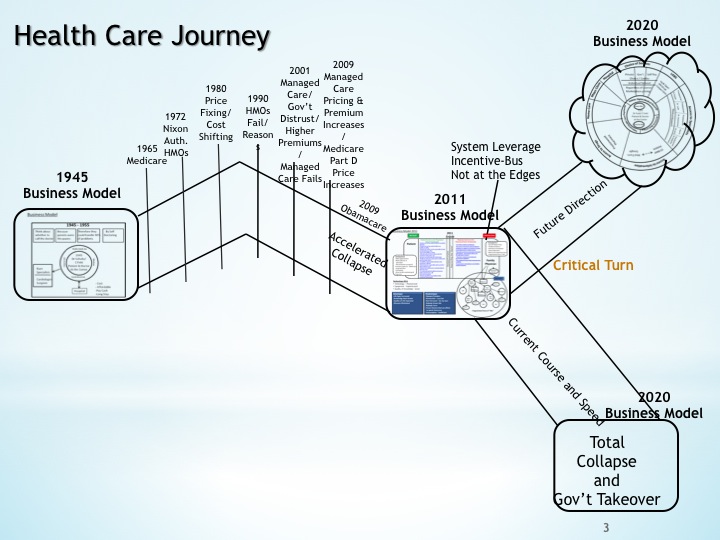
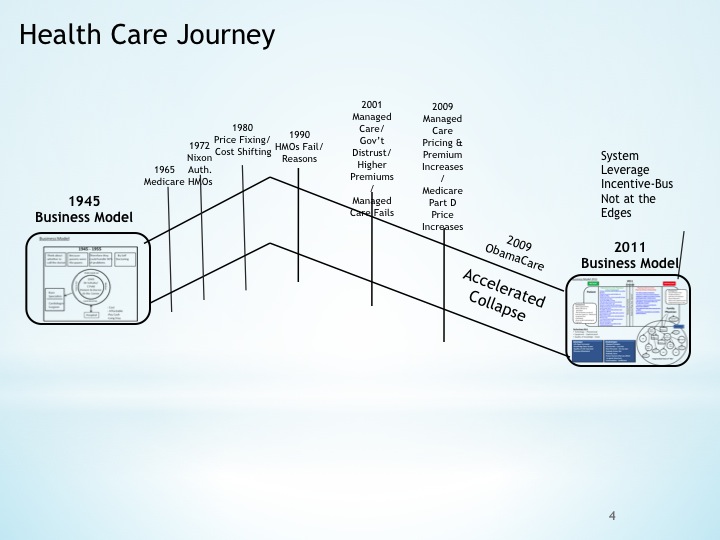
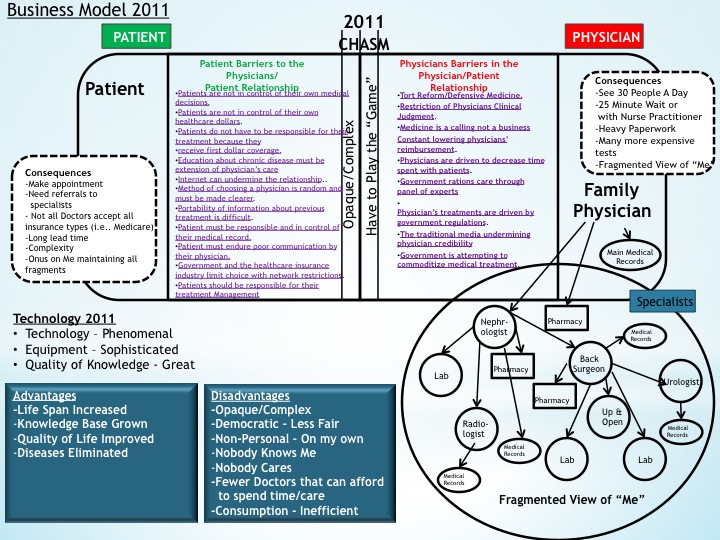
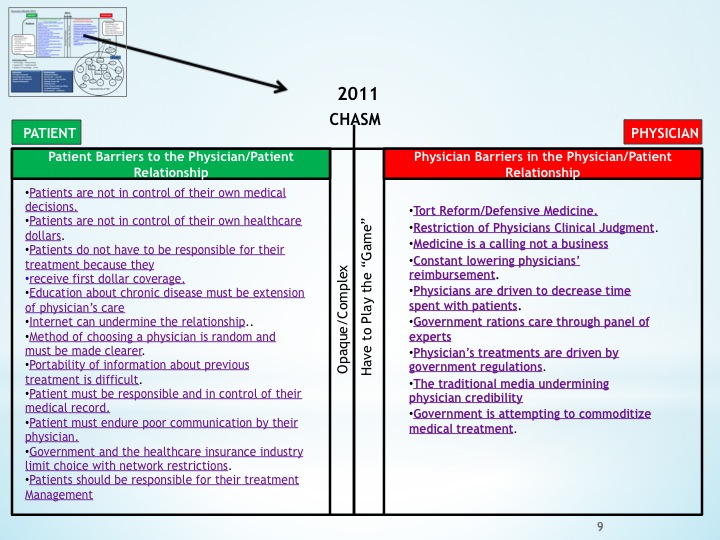
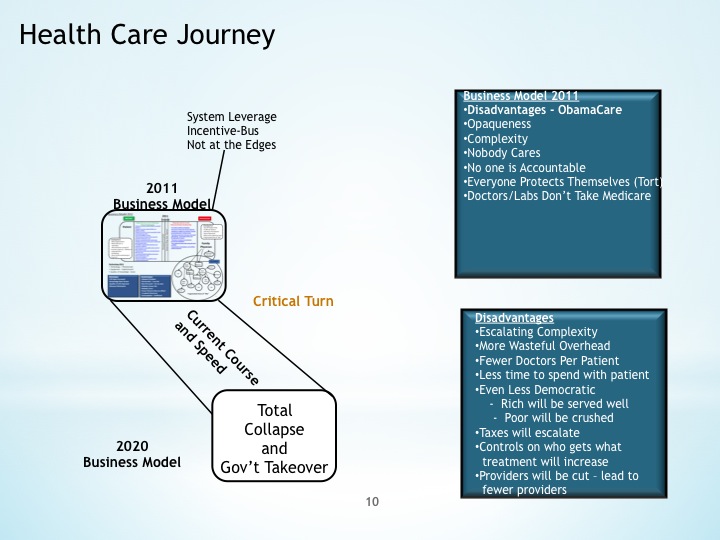
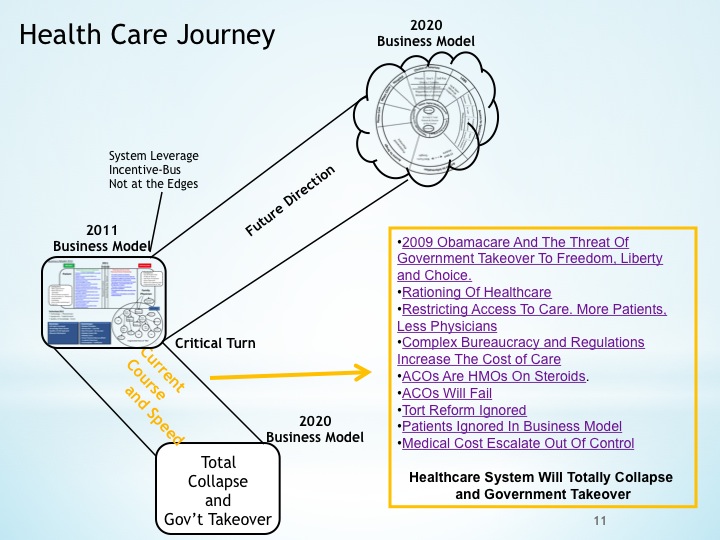
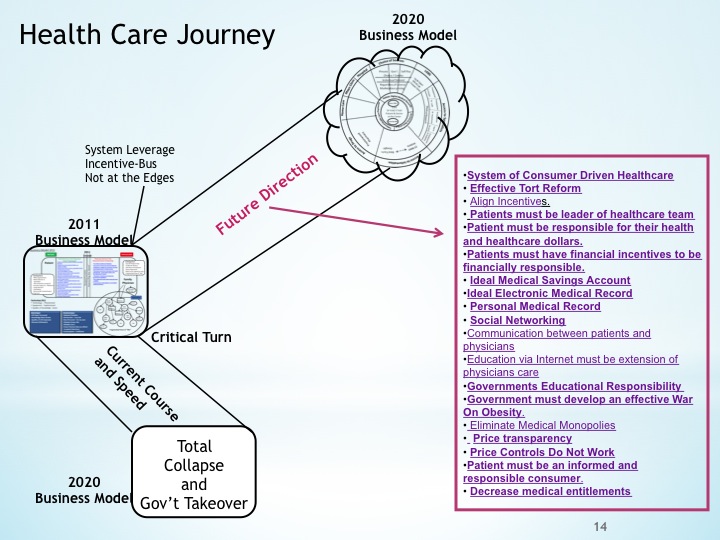

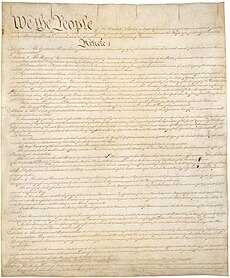

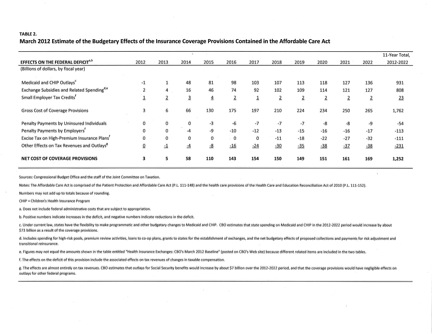
best instant payday loans online
Repairing the Healthcare System: Independence Day And the Constitution